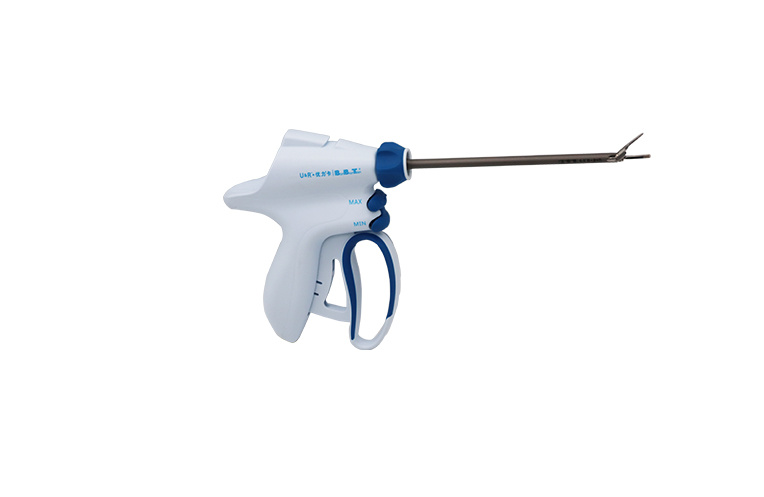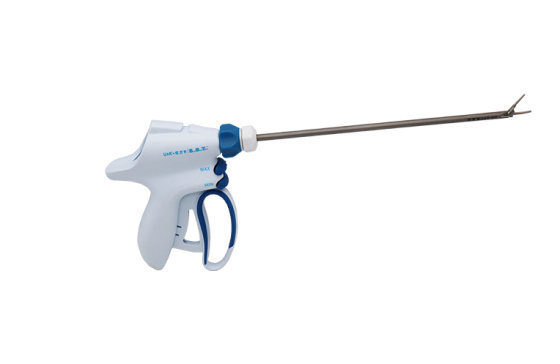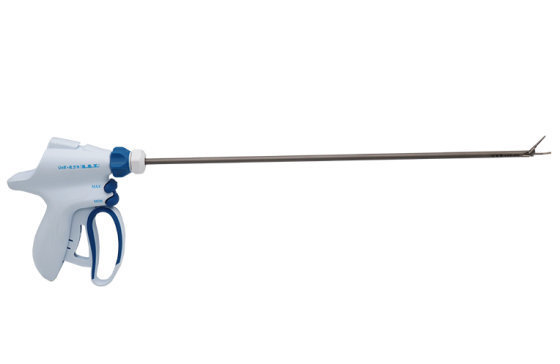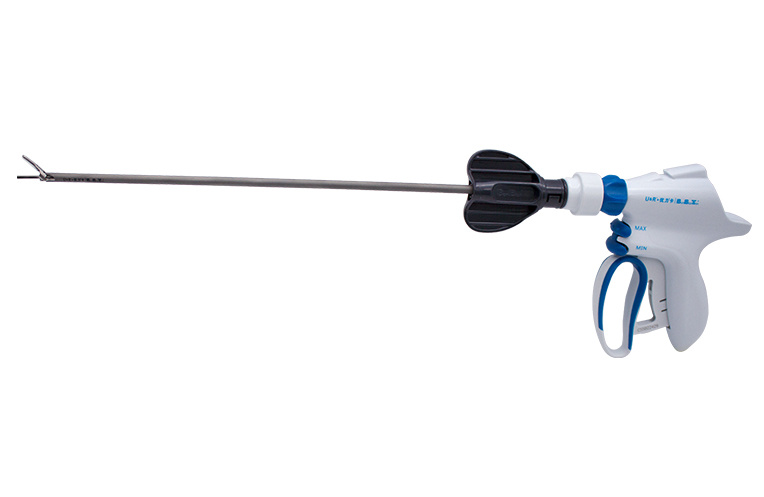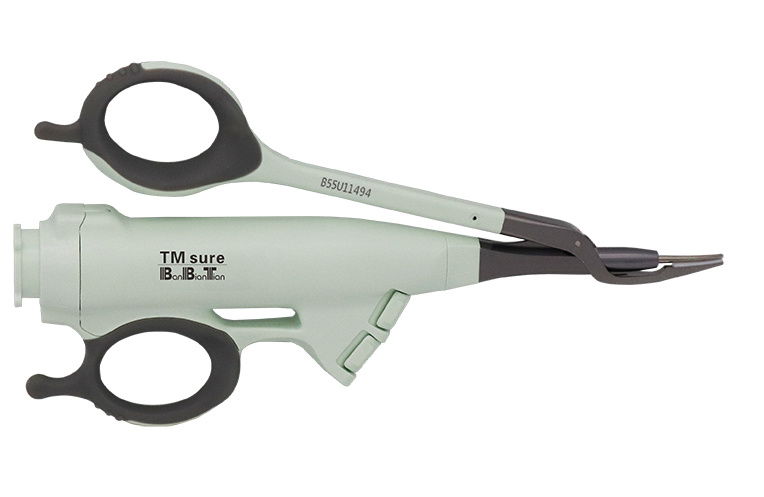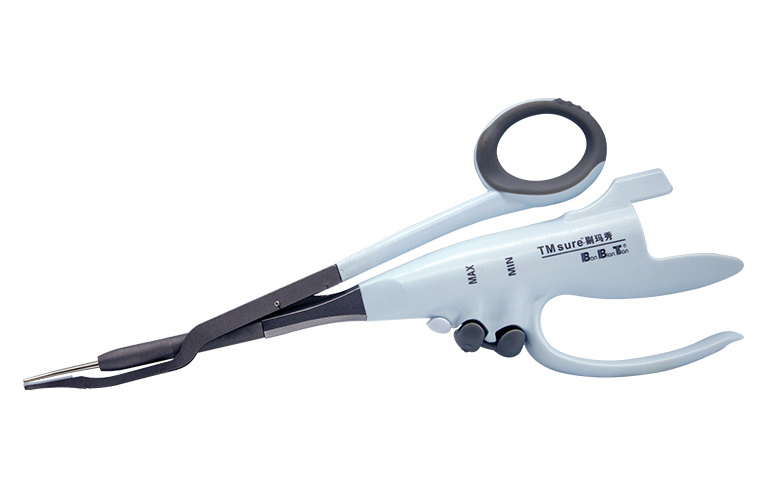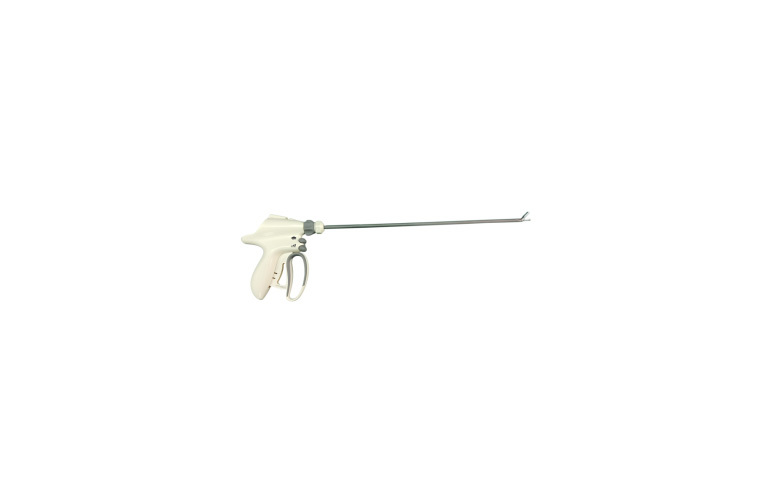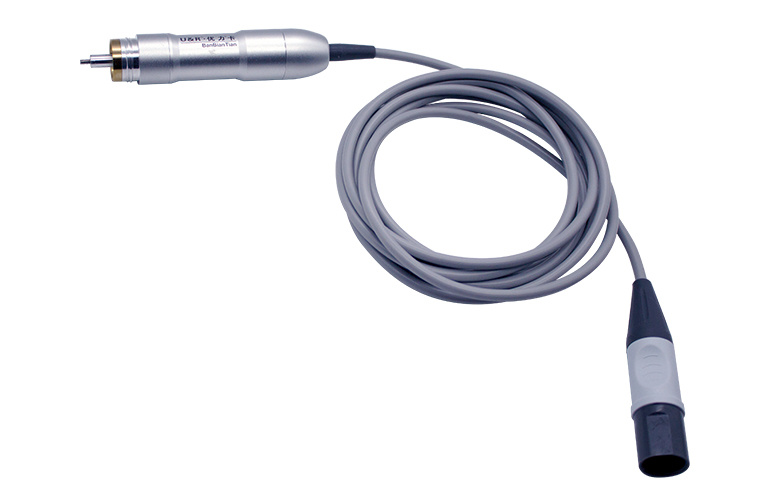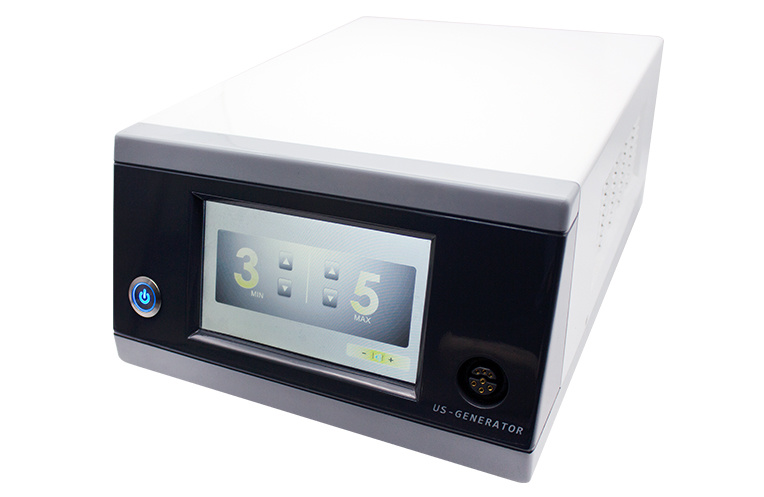Products
Blog
The Cutting Principle of Ultrasonic Scalpel
1. Design Requirements for ultrasonic scalpel
(1) During surgery, the surgical scalpel, light source, camera, and other medical instruments are inserted into the micro-hole at the same time. This avoids disturbances caused by the surgical scalpel itself and interferences with other instruments, which produce a "chopstick effect."
(2) The micro-hole size is small, making it difficult to operate. A surgical scalpel with a large output amplitude is required to remove tissue in a short time.
Compared with mechanical surgical scalpel, ultrasonic scalpel has significant advantages. However, in practical applications, some issues exist, such as the slender body of the ultrasonic scalpel vibrating, making it prone to disturbances, uneven stress distribution, and easy breakage of the blade. The electro-acoustic conversion efficiency is low, and the handle is prone to heating during extended use. To meet the requirements of single-hole minimally invasive surgery, this article introduces an ultrasonic scalpel with a frequency of 55.5 kHz, simulating its vibration mode using finite element methods to obtain parameters such as amplitude, stress distribution, and stress size. Through optimizing the structure of the scalpel body and blade, the scalpel's stress distribution is uniform, mainly in axial vibration, and the axial output amplitude of the blade can meet the needs of biological tissue cutting, improving the problems currently existing in ultrasonic scalpels.
2、Cutting Principle of ultrasonic scalpel
An ultrasonic scalpel is used for cutting and hemostasis of soft tissues using ultrasound. The mechanism involves the ultrasound's mechanical effect, cavitation effect, and thermal effect produced by the metal blade in direct contact with biological tissue. The high-frequency vibration of the ultrasonic scalpel causes hydrogen bonds in tissue cells in direct contact with it to break, and the cells disintegrate, then merge again, and the tissue coagulates before being cut open. Simultaneously, mechanical vibration leads to the destruction of collagen protein structures in the tissue, the thermal effect of ultrasonic vibration causes protein clotting, and then seals the blood vessels to achieve hemostasis. It is suitable for cutting soft tissues requiring controlled bleeding and minimal thermal injury, widely applied in surgical procedures. The ultrasonic scalpel can be used to assist or replace high-frequency surgical scalpel, laser surgical scalpel, and steel surgical scalpel, greatly expanding the application fields of ultrasonic treatment.
When ultrasound propagates in a medium, the medium's particles enter the corresponding high-frequency vibration. Corresponding vibration velocity and acceleration are generated from the initial vibration amplitude. It has been found that when mechanical vibrations exceeding the cutting threshold are applied to living biological tissues, the applied parts can be quickly cut without damaging the surrounding tissue. Conversely, unapplied parts cannot be cut. Therefore, the vibration amplitude of the blade of the ultrasonic scalpel reflects its cutting ability. When working at a frequency of 23.5 kHz, the peak output amplitude of the output end when acting on biological tissue reaches 98 µm. The cutting acceleration exceeds the threshold of soft tissue cutting, satisfying the conditions of tissue cutting. For ultrasonic scalpels working at a frequency of 55.5 kHz, the blade's output amplitude reaches 50 µm, fully satisfying the cutting conditions.
Other Articles



 English
English  한국어
한국어  français
français  Deutsch
Deutsch  Español
Español  italiano
italiano  русский
русский  português
português  tiếng việt
tiếng việt  română
română 